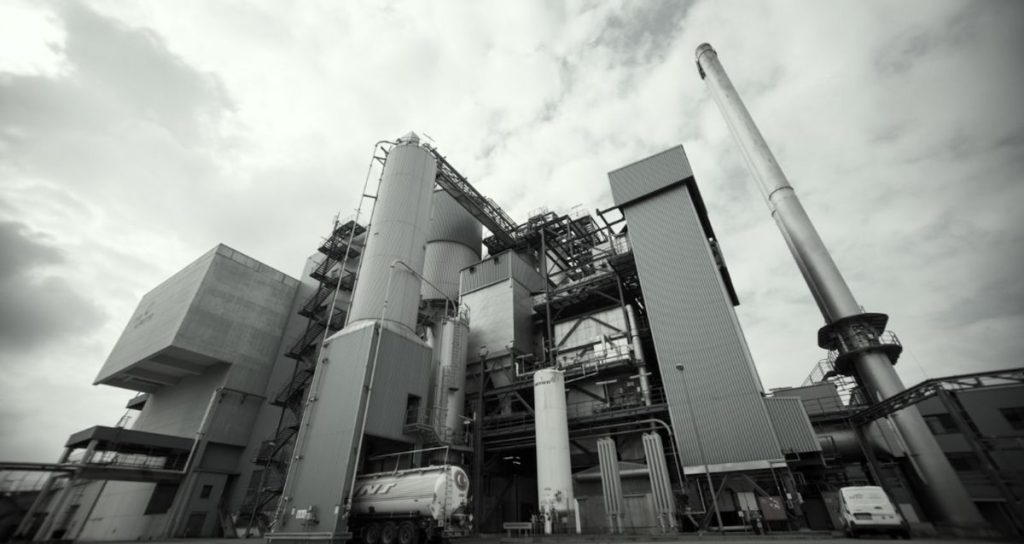Dry Grinding Of Ultrafine Powder Below 2.5 Microns and PM 2.5

- Why should we start with PM2.5 for the relationship between haze and dry classification of ultrafine powder? In my opinion, 2.5 microns is a special data for split particles, and now we all know a meteorological parameter: PM2.5. Refers to the particles in the ambient air with an aerodynamic equivalent diameter of less than or equal to 2.5 microns. Compared with coarser atmospheric particles, PM2.5 has a small particle size, a large specific surface area, strong activity, and has the characteristics of long residence time in the atmosphere and long transportation distance. It is a fine particle that is difficult to overcome. Medium and relatively large particles follow different motion laws. The ultrafine powder below 2.5 microns has a more special motion law, which has become a difficult problem for powder scientists in various countries in the production of dry powder. Below this scale, it is difficult to classify the particles in the air, that is to say, it is still difficult to separate powder particles below 2.5 microns in the modern powder industry. Therefore, the study of PM2.5 has practical guiding significance for the production of modern ultrafine powder particles for the continuous dry production process of split particles above 6000 mesh.
- Review and Prospect of the Development of Powder Classification Technology Another interesting data is PM25, here I refer to powder particles with an equivalent diameter of 25 microns or more. In the classification process of powder particles, the screening process is widely used in the production of various powders, and is commonly seen in daily life, and has a very wide range of applications in many large industrial sectors such as building materials industry and food processing. In powder production terms, 25 microns is approximately the pore size of a 600 mesh screen. Professional manufacturers engaged in ultrasonic vibration sieves all know: 600 mesh is a data close to the limit for general powder particle sieving, and it is difficult to mechanically sieve fine powders. Is this a coincidence or a law, we don’t know yet, the existence is the truth, wait for more people to study it.
There may be a more meaningful data: 250 nanometers. The so-called nanotechnology refers to a new technology that studies the motion laws and characteristics of electrons, atoms and molecules in the scale of 0.1 to 100 nanometers. Since the distribution of ultrafine powder is within a certain range, many scholars believe that particle powder below 500 nanometers is a scale limit of nanotechnology. At this time, most of the particles have reached below 100 nanometers, so it also appears Special physicochemical properties of nano-sized particles. In my opinion, D97 has a physical size of 500 nanometers. It will be another powder peak that is not easy to climb in powder technology grinding and grading, and it will be another new direction for powder development in the future. The general academic community believes that for solid powder or fiber, when its one-dimensional size is less than 100nm, that is, it reaches nanometer size, it can be called a so-called nanomaterial. For ideal spherical particles, when the specific surface area is greater than 60m2/g, its diameter will be smaller than 100nm, reaching nanometer size.
- Study the practical significance of dry classification of ultrafine powders below 2.5 microns. Powder particles below 2.5 microns will show many characteristics that cannot be achieved by wet methods using the dry production process. It is also the key technology for powder production in some industries.
However, powder particles below 2.5 microns are like a lively, naughty and super energetic urchin in dry powder production, and people seem to have no way to tune them. The smog pollution of PM2.5 has disturbed people’s sleep and sleep, and caused immeasurable economic and people’s health losses. However, for our professionals engaged in ultra-fine powder materials, this is also the best textbook and free laboratory for studying ultra-fine powder materials. Studying the laws of its production, grading, collection and dissipation will not only affect today’s The ultrafine powder industry has practical guiding significance, and also has great theoretical guiding significance for the governance of haze.
Dry production of powder particles below 2.5 microns is a forward-looking production project in the modern powder industry. Countries are carrying out basic theories and production processes with broad industrial prospects. It has unlimited uses in many fields such as modern manufacturing, national defense technology, composite materials, traditional Chinese medicine processing, ceramic industry, environmental protection industry, medical and health care and so on.
